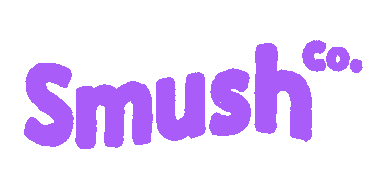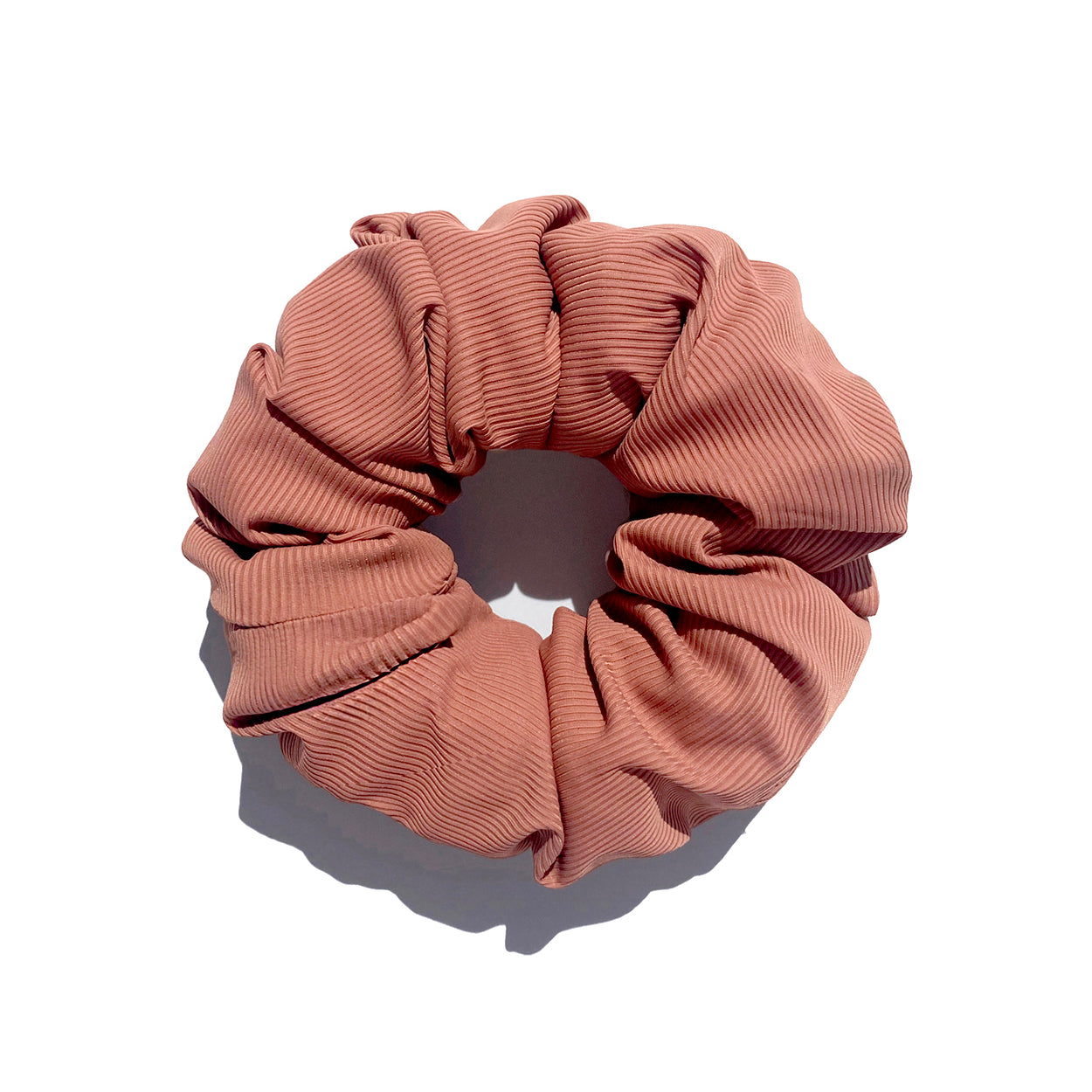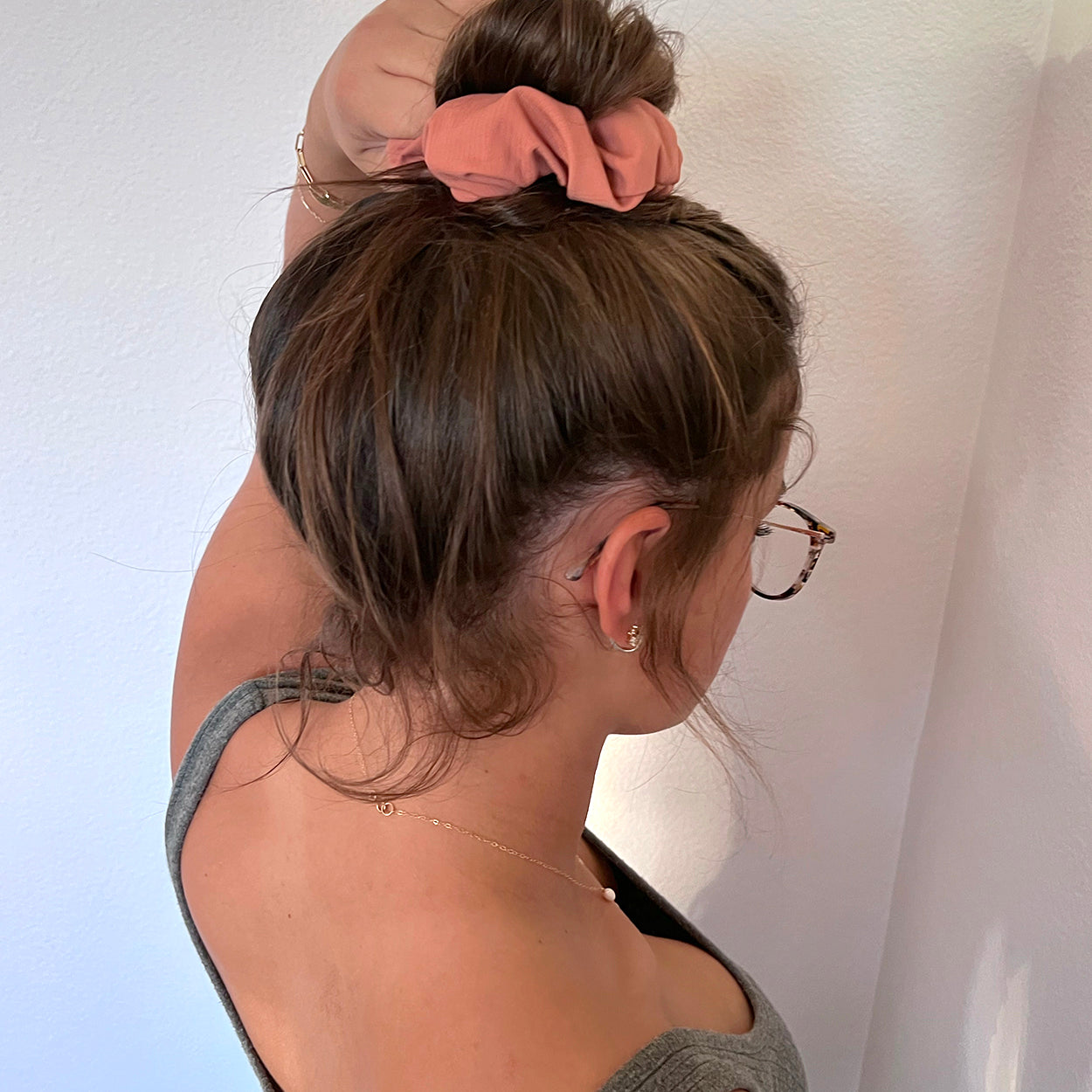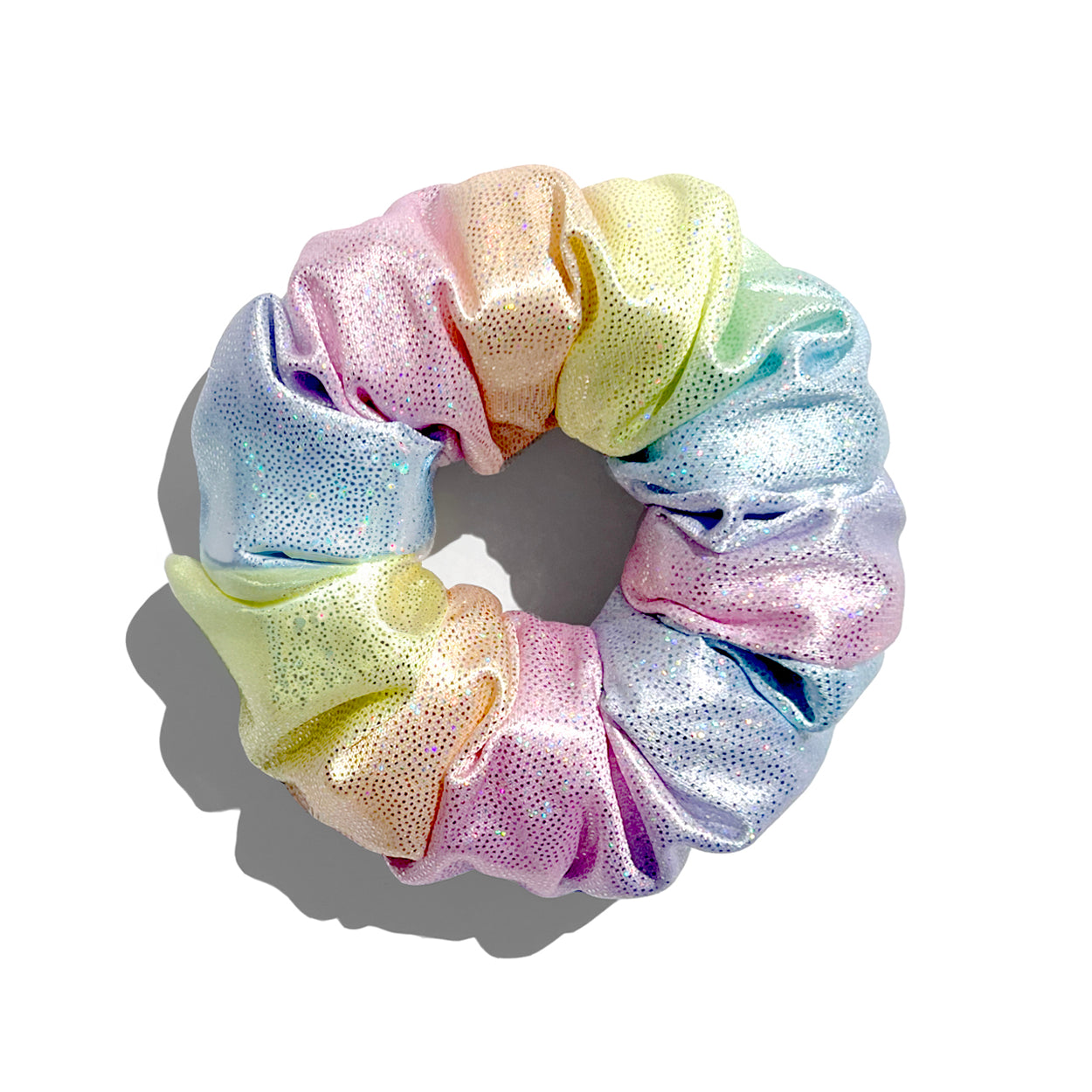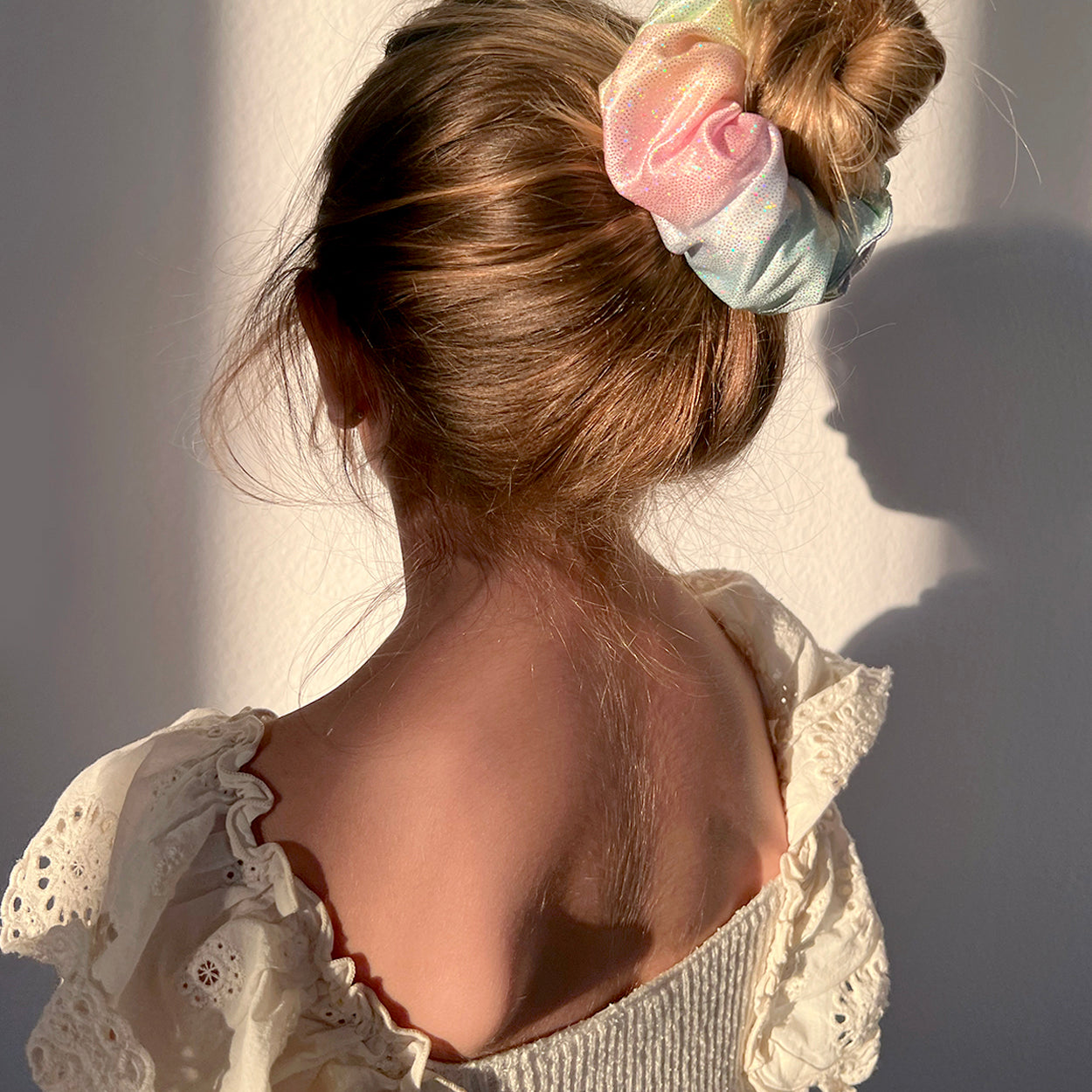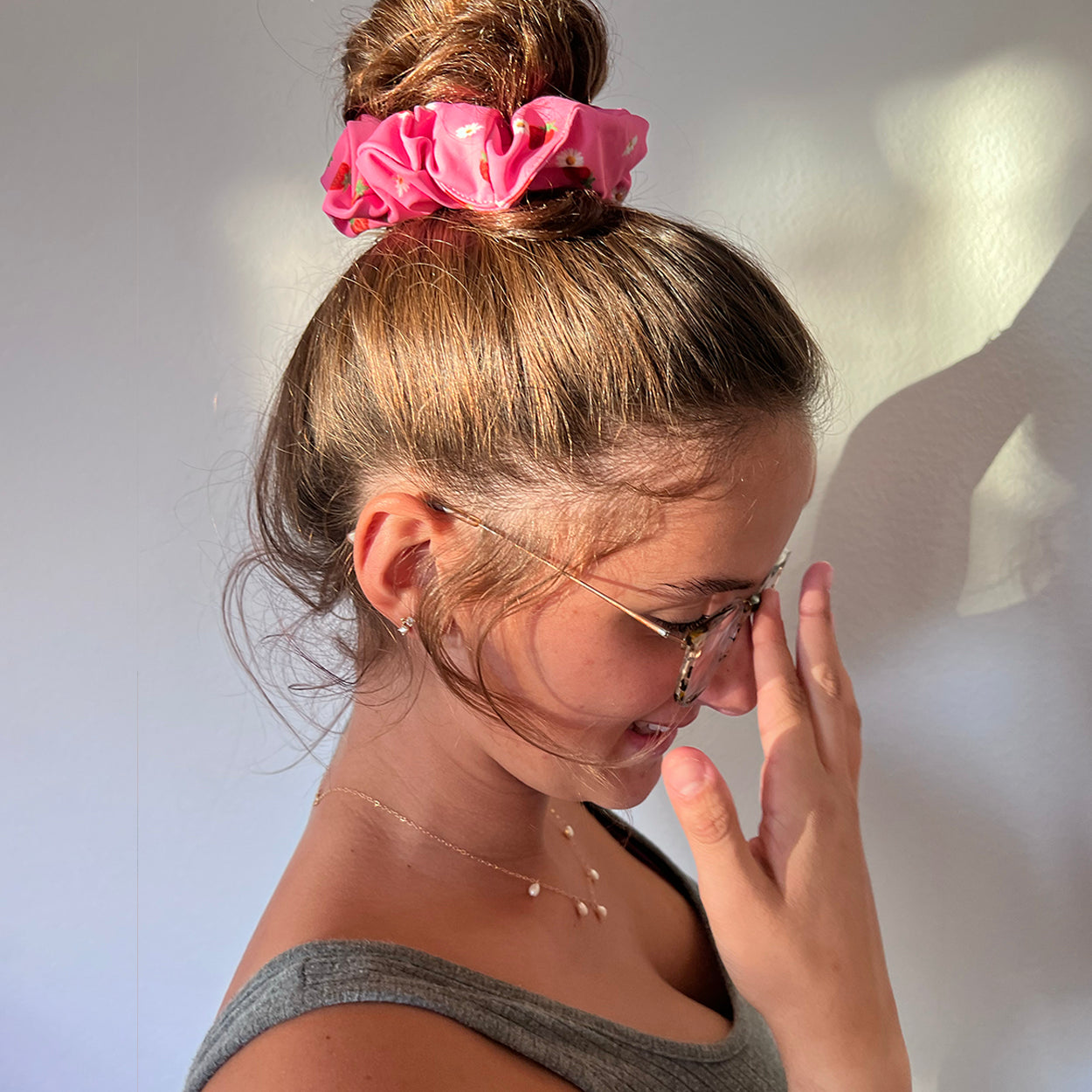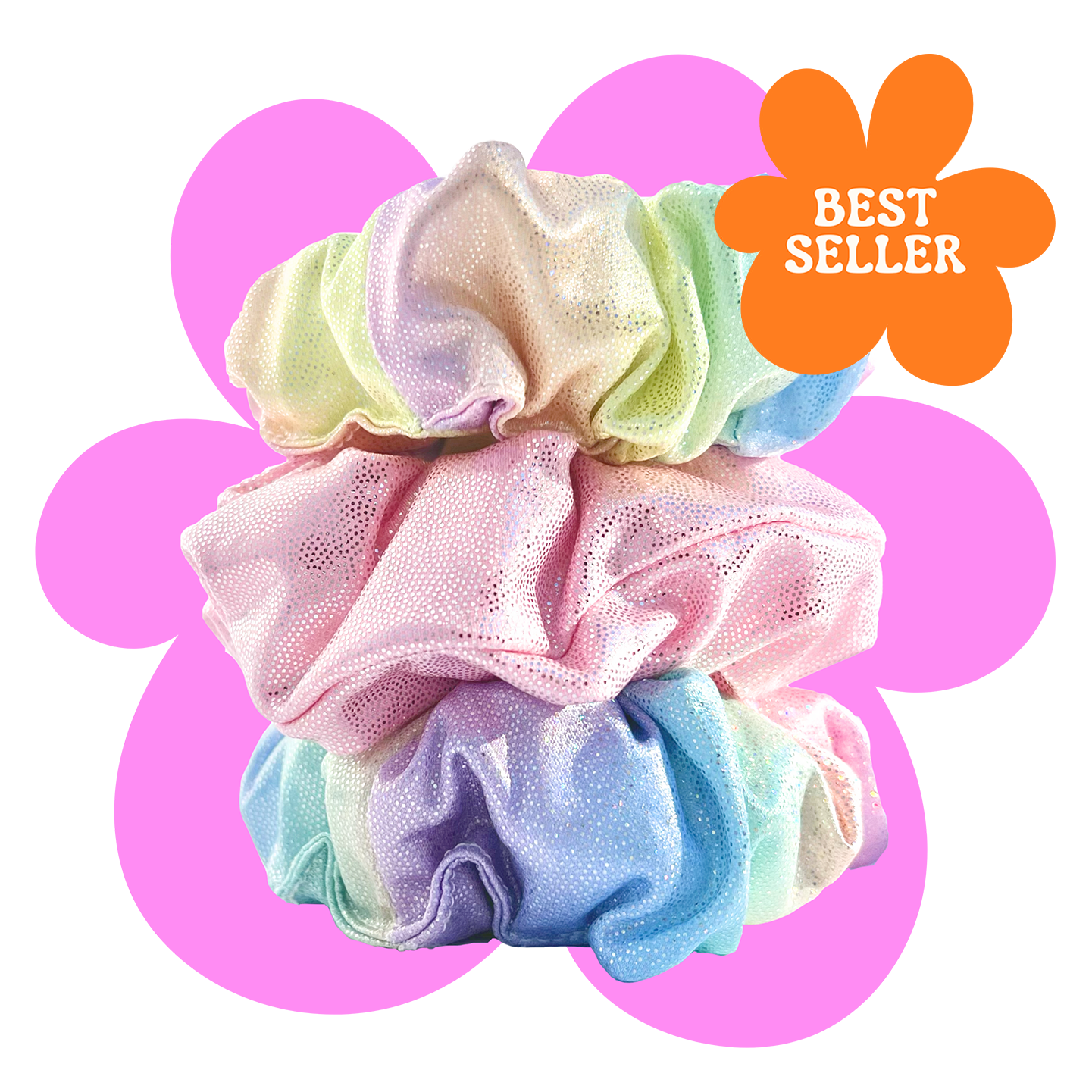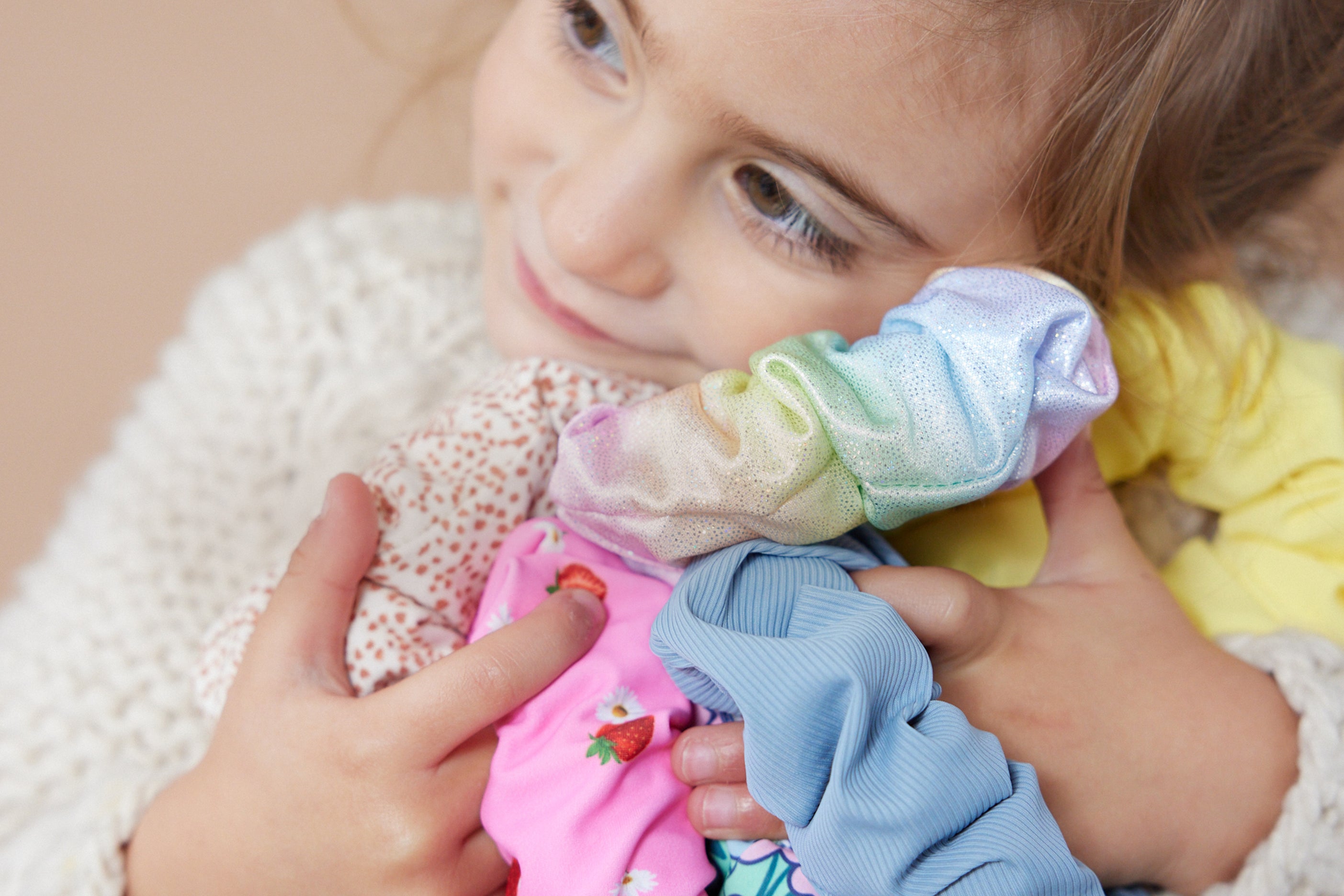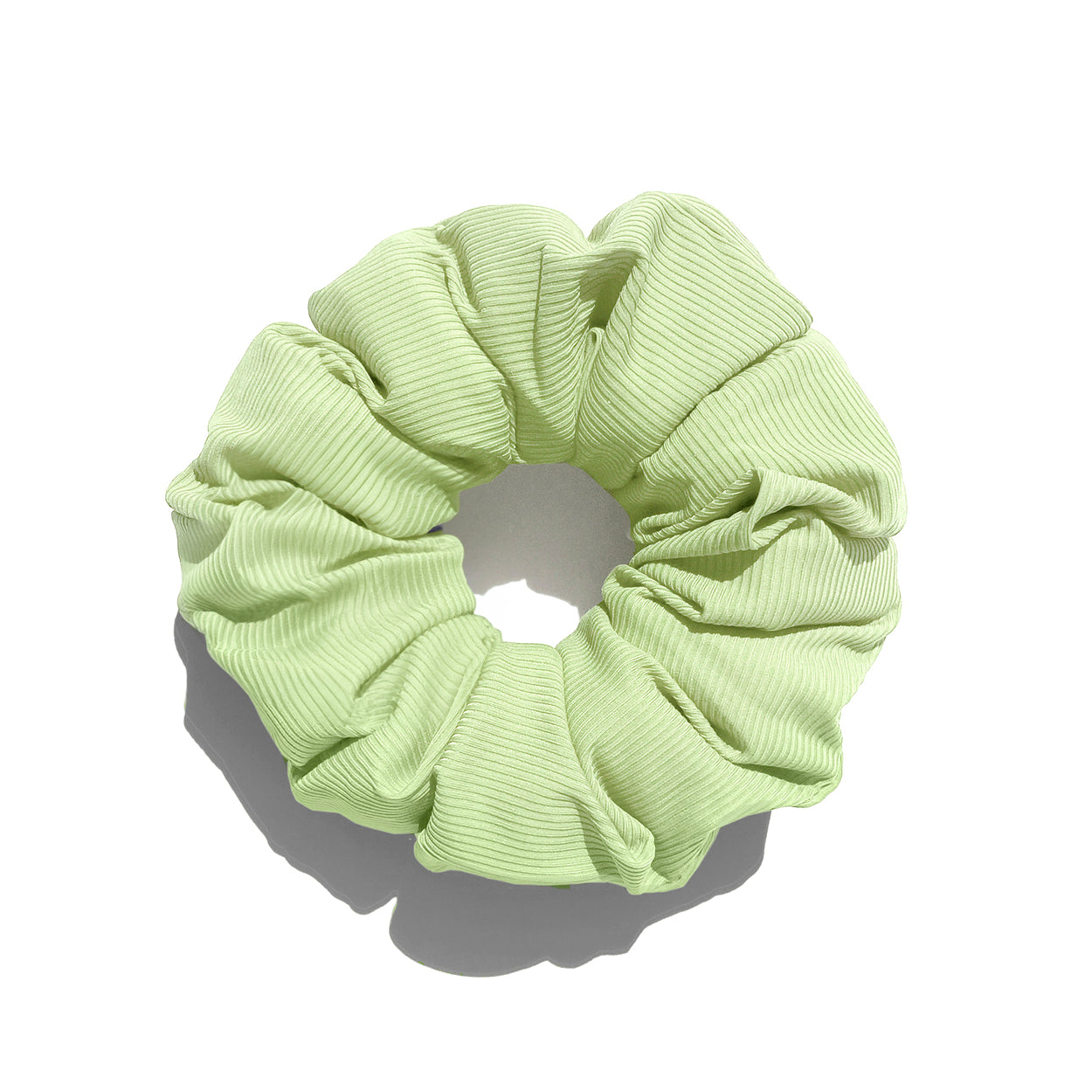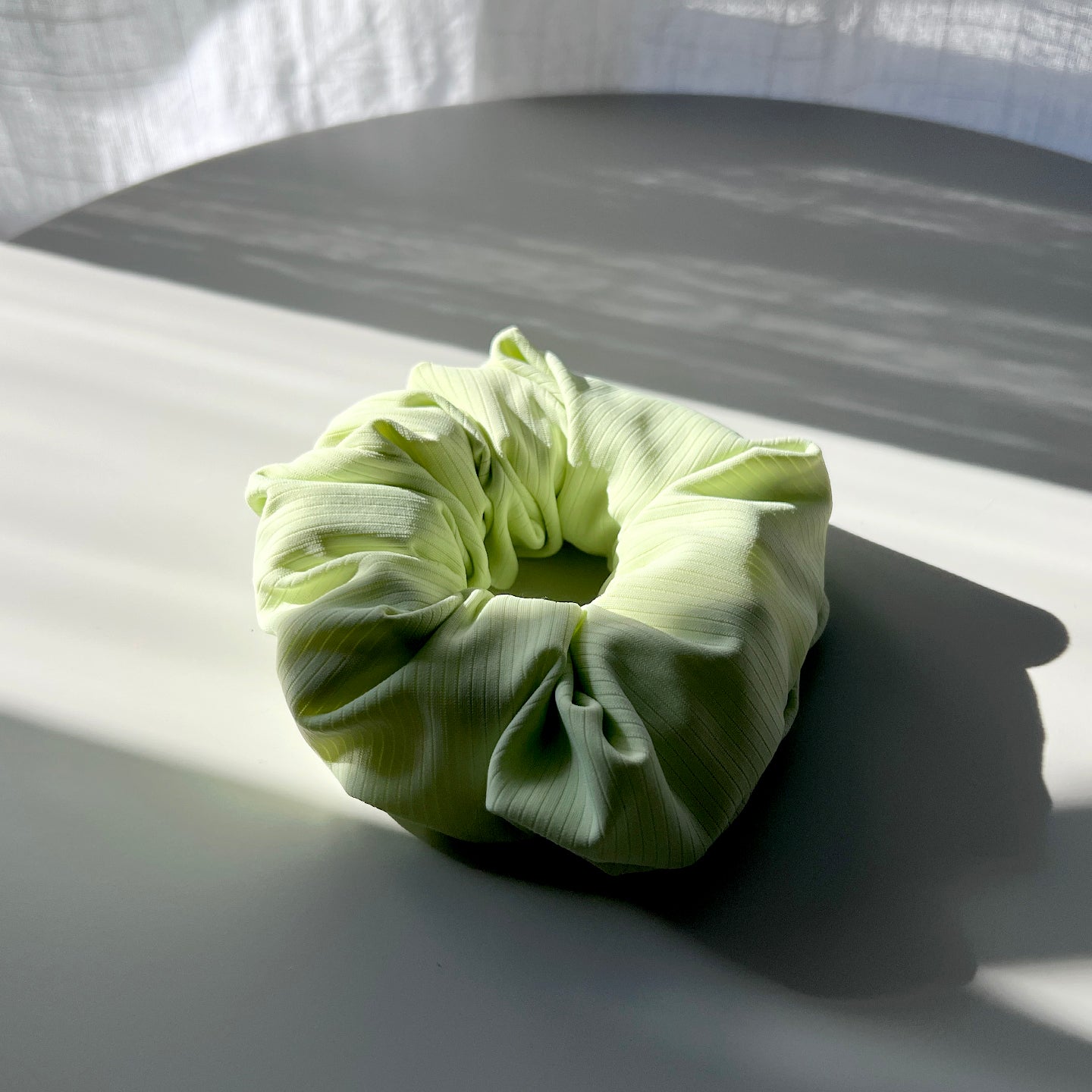Beginning a new school year can be nerve-wracking. First-day jitters are common, but sometimes those jitters persist throughout the following weeks and months. For many kids, the classroom is an overwhelming source of anxiety and restlessness, so adjusting to an already challenging situation is extra tricky. ADHD and autism further complicate things, though many neurotypical people may also struggle to focus and sit still in class for extended periods of time.
Fidget toys are a popular solution for hyperactivity. These little baubles give distracted students an outlet, occupying their hands and centering their minds on work. Unfortunately, fidget toys often turn into distractions themselves. Spinners are a big issue—mass-marketed and mislabeled as “productive,” fidget spinners muddy the waters around research into the overall benefit of fidget toys. (You won’t be seeing them on our list!)
These observations suggest the type of fidget toy a person chooses can be the difference between an effective schooling aid and another off-task tangent. Before buying, it’s essential to consider certain aspects of a fidget toy, such as the potential for disruption or its ability to help your child focus better. Here’s how to find the best quiet fidget toys for classroom use that support student success.
Is It Disruptive?
Not all fidget toys function as intended. Teachers frequently remove them or enforce a no-fidget rule to maintain control of their classes. This response is understandable when students get ironically sidetracked by devices designed to improve concentration. But this seemingly inevitable outcome is discouraging for the neurodivergent kids who lose access to fidgets critical to their learning process.
It’s tough enough to teach a room full of elementary-age children without the added variable of a disruptive fidget toy. Nobody wants to worsen the problem. Selecting a fidget tool rather than a fidget toy minimizes the chances of its confiscation mid-lesson. Noisy, visually distracting items that create conflict and break easily don’t encourage helpful fidgeting, especially in school.
Noise-making fidgets detract from active listening, while those that require sight to use (think hand-eye coordination or light-up options) pull attention away from class material. It’s worth noting that some neurodivergent children may benefit from focusing their gaze on a fidget while listening intently to their teacher—but it’s crucial that the teacher is on board with this coping strategy. If your child struggles unless they use a visual-centric fidget to pay attention to the lesson, discuss this approach with their teacher first.
Remember that your child’s teacher will prioritize the impact this has on the entire class. If other students start listening to or staring at someone else’s fidget, it’s now a detriment to their studies. Even if you’re certain it will fly under the radar, it’s always best to consult the teacher before you purchase any quiet fidget toys for classroom use. Explain your child’s sensory needs and ask about any off-limits items so that you’re both informed and on the same page.
Is It Helpful?
Sensory preferences are huge when shopping for quiet fidget toys. For classroom integration that still gets the job done, try to balance practical applications with your child’s input. Figure out whether or not a fidget is an option on campus in the first place (is it permissible, purposeful, portable?). In that same vein, does your child favor soft and squishy fidgets (like a Smush scrunchie), or are they partial to more mature and multifaceted tools that double as fashionable accessories (like a Smush scrunchie!)?
Determining your child’s fidget pattern is another crucial step here. Are there specific instances where they feel compelled to reach for a fidget? Perhaps a particular subject in their schedule causes stress, such as a math exam or language lecture. Even the time of day plays a role since blood sugar and energy levels fluctuate, and focus and retention vary by the hour.
A healthy school routine depends on consistency. With ADHD or autism in the mix, consistency is hard to come by. But neurodivergent students can manage their symptoms using a thoughtful fidget tool. Considering your child’s needs and what truly helps them, you’ll be able to pick the ideal handheld to bring along on that jittery first day back.
The Best Fidgets
Several fidgets fit the criteria for the classroom. The best non-disruptive yet helpful ones out there include:
- Smush scrunchies
- Therapy putty
- Weighted lap pads
- Tangles
- Chewable pencil tops or Chewelry
- Textured sticker strips
- Fidget rings or jewelry
- Smooth stones
The Smush scrunchie tops this list for a good reason. A Smush scrunchie, worn in the hair or on the wrist, helps channel fidgeting behavior without disrupting class time. It’s a subtle tool perfect for fidgeters who like the sensation of silky or pillowy objects. Beyond the tactile, it’s delightfully eye-catching. And what’s quieter than a hair tie?!
Try Smush scrunchies
Quiet fidget toys for classroom handling do exist—and though they’re not literal unicorns, a few of our scrunchies capture that glittery essence! They come in various colors and textures, complementing every style while satisfying the urge to fidget. Smush scrunchies are sensory-friendly conversation starters for you and yours when anxiety or restlessness occurs.
Smush scrunchies keep hair out of the way and look cute on your wrist. Playful, effortless, and fun, ours is the only scrunchie that accessorizes and holds up ponytails. It’s an all-in-one hair tie, bracelet, and fidget tool. Rock back-to-school season with a Smush scrunchie!